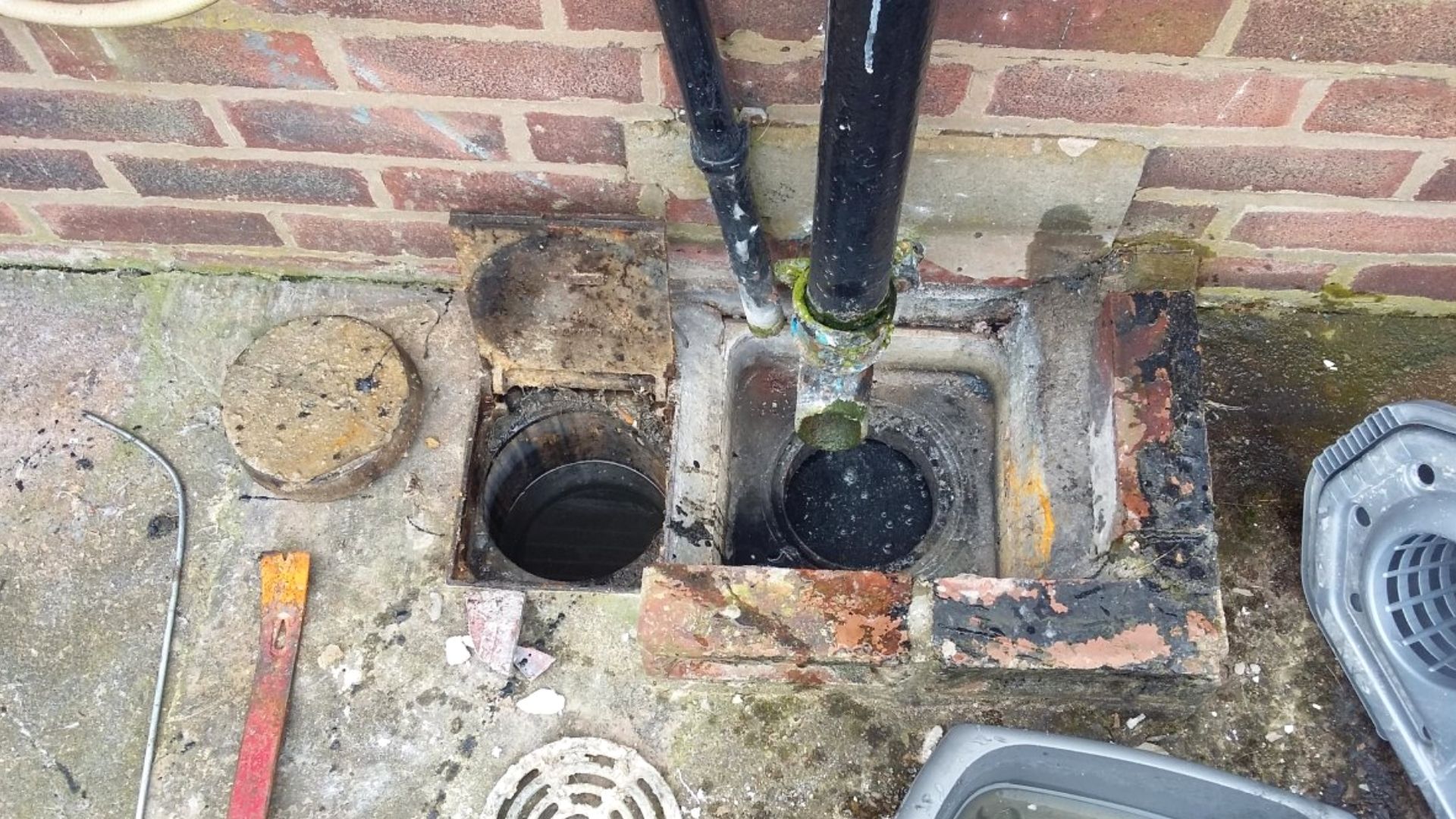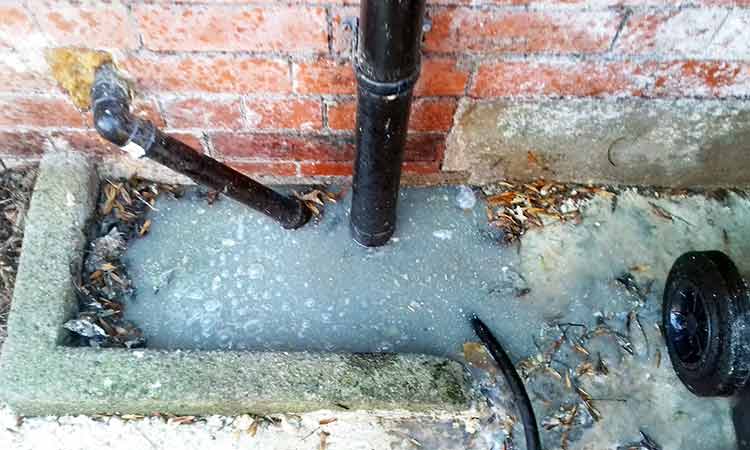This post down the page relating to Tips for Dealing with Clogged Drains and Sewer Lines is incredibly interesting. Have a go and draw your own personal results.

Intro
Dealing with an obstructed drain can be a frustrating experience, disrupting day-to-day activities and possibly creating damage to your building. Nevertheless, prior to reaching out to pipes specialists, there are steps you can require to deal with the problem on your own. In this guide, we'll check out do it yourself remedies and safety nets to deal with a blocked drain successfully.
Determining the Problem
The very first step in resolving an obstructed drainpipe is identifying the signs. Slow drainage, gurgling audios, foul odors emanating from drains, or water support up prevail indications of a blocked drain. Identifying these signs early can assist avoid additionally difficulties.
Common Causes of Blocked Drains
Understanding the factors that contribute to drain clogs is vital for reliable resolution. Typical perpetrators include hair, soap scum, grease, food debris, and international items like sanitary items or paper towels. Tree roots invading below ground pipelines can additionally cause significant blockages.
Do it yourself Solutions
For minor clogs, numerous DIY solutions can be effective. Pouring boiling thin down the drain can aid dissolve oil and debris. Sodium bicarbonate and vinegar or a mixture of salt and baking soft drink can act as natural cleansers. Utilizing a plunger or plumbing snake to remove blockages is one more choice.
Devices and Equipment
Having the right tools handy can make DIY drain cleaning up more effective. A bettor is a versatile device for clearing obstructions in sinks, bathrooms, and showers. A pipes serpent or auger can get to much deeper blockages, while drainpipe cleansing chemicals can be utilized meticulously for persistent clogs.
Safety nets
To stay clear of future clogs, taking on safety nets is critical. Set up drainpipe guards or filters to capture hair and debris before they get in the pipes. Frequently flush drains with warm water to dissolve grease build-up, and prevent throwing away grease or strong waste down the drain.
When to Call a Specialist
While do it yourself services can deal with small obstructions, specific indications show the requirement for professional assistance. Relentless blockages, foul odors in spite of cleaning initiatives, or multiple drains supporting all at once are red flags that necessitate professional treatment.
Picking the Right Pipes Service
When picking a plumbing service, consider variables such as experience, licensing, and customer evaluations. Pick a credible plumbing professional with a performance history of high quality handiwork and clear prices methods.
Cost Considerations
The price of professional drainpipe cleaning company can differ depending on the seriousness of the obstruction and the plumber's rates. Demand quotes from multiple companies and inquire about any surcharges to ensure openness and prevent shocks.
Security Measures
When attempting do it yourself drain cleansing, prioritize security. Put on safety gloves and eyeglasses to avoid contact with dangerous chemicals or bacteria. Never ever mix various drainpipe cleansing items, as this can create hazardous fumes.
Instance Researches
Real-life examples highlight the effectiveness of do it yourself services and the significance of prompt expert treatment in settling drainpipe blockages.
Final thought
By following the ideas laid out in this guide, you can effectively tackle obstructed drains and prevent future plumbing concerns. Whether choosing do it yourself services or looking for professional aid, timely activity is key to maintaining a healthy pipes system and maintaining the honesty of your home.
How to Clear a Clogged Drain Yourself (And When to Call In the Professionals)
What Can Clog a Drain
Dirt Skin flakes Hair Grease Soap scum Food Offset pipes Tree roots Small objects Mineral buildup DIY Tricks to Unclog a Drain
You can fix this! Once you have identified the source of the clog (or have a vague idea), you can try one or a combination of these fixes in order to clear your plumbing.
Wire Hanger or Snake
Untangle and clear out hair from a drainpipe with a homemade snake. Use a straightened-out wire hanger with a 90-degree angle hook to locate the clog and drag out any unwanted material.
Remember not to push the clog further down to where the wire hanger cannot reach! If you need to follow up with a plunger, give it a try. Your efforts might be more successful after it’s been wire-snaked.
If you want to get fancy and don’t have a wire hanger to spare, head to the store and pick up a hand-operated drain snake. You can get one for $10-$30. It may save you the hassle, and provide additional length to reach deep into the clogged pipe.
Plunger
A cup plunger has a suction cup attached to a wooden handle. The rubber creates a seal around the drain, and increases the pressure force of the plunger.
Plunge for 30-second increments to loosen the clog. This may need to be repeated over the course of 15-20 minutes. Once plunged, run the water to flush the remaining material out of the drain.
Remember– never use a plunger if you have used a chemical drain cleaner. These chemicals can splash up from the force of the plunger and cause serious injury or burns.
Boiling Water
Hot water can sometimes break up materials into a flushable amount. Dirt, grease, and soap buildup requires heat in order to unstick from surfaces.
Take your kitchen kettle and heat your water to a boil. Once it reaches a rolling boil, pour it directly down the drain into the blockage. Carefully follow with plunging, if necessary.
Don’t worry if this takes more than one try! It can often take multiple kettles and repeated plunging in order to clear a particularly stubborn clog.
Chemical Drain Cleaner
As a last resort, pick up a bottle of chemical drain cleaner. Drain-cleaning chemicals are potent, and not very good for the environment.
You may need to wear protective eyewear in gloves before handling your bottle of chemical drain cleaner. Follow the instructions printed on the bottle, and flush with water as soon as the instructions allow. Do not follow with plunging.
Baking Soda and Vinegar
As a safer alternative to chemical drain cleaner, baking soda and vinegar can create a chemical reaction that clears tough clogs.
Combine one cup of cleaning vinegar with one cup of boiling water, and set aside. Once you have done this, pour half a cup of baking soda down the drain. Give the baking thirty seconds to settle and cover a large portion of the problem drain.
Following the baking soda, pour down your vinegar and hot water solution. Once the vinegar and baking soda combine, the mixture will bubble and fix. Let this reaction fizzle in the drain for about an hour.
After an hour, follow with a kettle’s worth of hot water. The heat and liquid should flush out any remaining material.
When to Call a Plumber
If your DIY attempts haven’t cleared your clog drain, it’s time to call in a professional. It’s not worth losing access to your kitchen sink or high-traffic bathroom. A clog in a vital area can keep you from the things you’d rather be doing, and derail your routine.
Anytime a clog is causing water to spread is a time to call in a plumbing service. What starts out as a little bit of water can quickly grow into serious, expensive water damage.
Additionally, a serious clog can result in burst pipes or serious leaks. Make sure you know when to take it seriously!
https://myguysnow.com/how-to-clear-a-clogged-drain-yourself-and-when-to-call-in-the-professionals/

Do you really like reading about ? Write a comment down below. We'd be delighted to hear your thinking about this piece. We hope that you come back again before long. In case you enjoyed our post kindly do not forget to share it. Thanks a bunch for being here. Return soon.
Visit Link